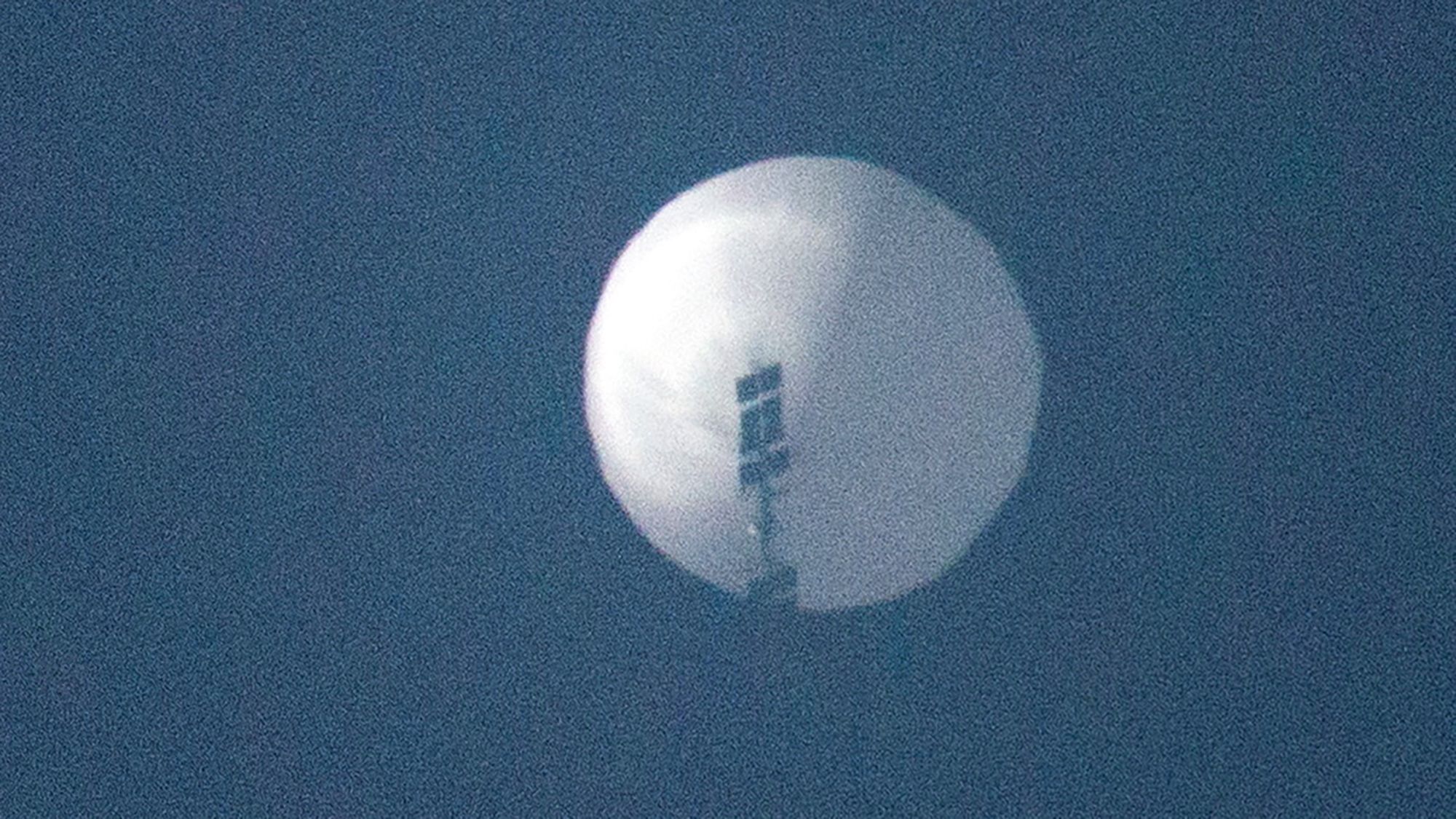Jan. 28, somewhere near Alaska’s Aleutian Islands, a balloon of Chinese origin slowly passed overhead at approximately 60,000 feet. By Feb. 1, it was spotted above Montana, which “is home to about 150 intercontinental ballistic missile silos,” according to the New York Times.
Later, the balloon was spotted above Kansas City and eventually shot down on Feb. 4 by an F-22 a few miles off the South Carolina coast.
After reports of various sightings came in, China was asked about the nature and purpose of the balloon. China’s Ministry of Foreign Affairs of the People’s Republic of China responded, claiming the balloon – at the time called an “airship” – was indeed theirs.
“The airship is from China. It is a civilian airship used for research, mainly meteorological, purposes,” an unidentified spokesperson for the ministry said in a statement on its website. “Affected by the Westerlies and with limited self-steering capability, the airship deviated far from its planned course. The Chinese side regrets the unintended entry of the airship into U.S. airspace
However, China’s lack of intention appears questionable according to Lynn McMurdie, a professor in atmospheric sciences at the University of Washington, who had modeled the balloon’s flight path.
“It’s a plausible explanation, but it’s preposterous they didn’t guess it would end up in North America,” McMurdie said. “With the weather pattern right now, we have quite a strong jet across the Pacific, and something that originates in China would end up in Montana. Why wouldn’t they know it would end up here?”
Suspected of spying, U.S. President Joe Biden gave the command to shoot it down but waited as the Pentagon determined the balloon was “large enough to cause damage from the debris field if we downed it over an area.” Ultimately, it was shot down off the coast of South Carolina, where the U.S. Coast Guard and Navy have begun a joint effort to retrieve as much of the balloon as possible.
While they pick up the pieces, Biden’s decision to shoot it down in the first place has received mixed feedback.
Anita Anand, Canada’s defense minister, said her government “unequivocally” supported the mission, and the balloon had “violated U.S. and Canadian airspace and international law.”
Other allies shared similar sentiments while China rejected the response.
“For the United States to insist on using armed force is clearly an excessive reaction that seriously violates international convention,” The Chinese Ministry of Foreign Affairs said. “China will resolutely defend the legitimate rights and interests of the enterprise involved and retains the right to respond further.”
Senator Tom Cotton, who sits on the Intelligence Committee, called the act embarrassing.
“We should have shot this balloon down over the Aleutians instead of letting it float across middle America on its merry way,” Cotton said. “The idea that we were going to let this go all across America, a spy balloon completing its mission before we shot it down, I’m afraid, is an embarrassment to the United States, not an embarrassment to the Chinese.”
On the topic of the spy balloon’s success, a U.S. official said on Sunday there were ways for intelligence officials to feed false information to the balloon, which would largely render the information it gathered worthless, though he declined to say whether that was done in this case.
Either way, this brings diplomatic bridge-building between the two countries to a screeching halt as Secretary of State Antony J. Blinken canceled what was to be the first trip to China by a Biden cabinet secretary. He was expected to discuss a variety of issues with China’s President Xi Jinping.
Blinken said the balloon violated U.S. sovereignty, and he would travel to Beijing “when conditions allow.”














Be First to Comment